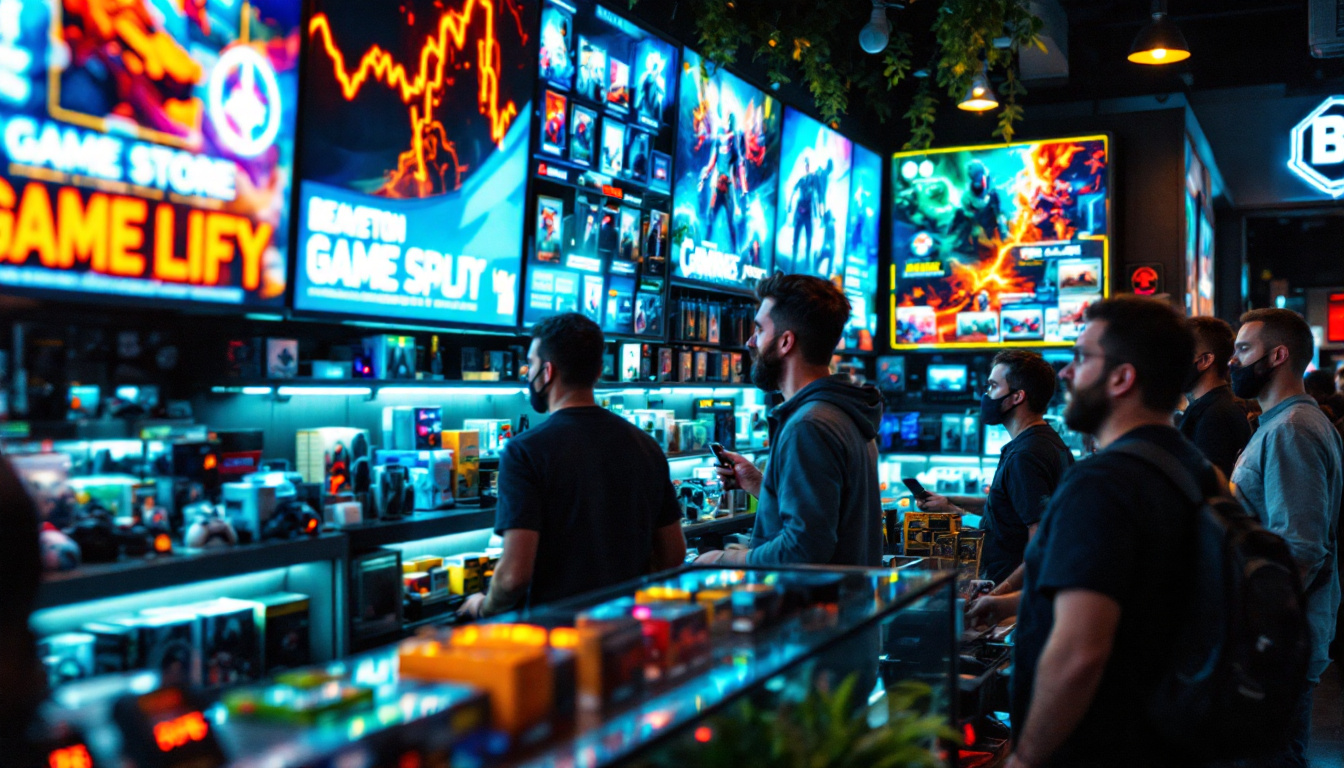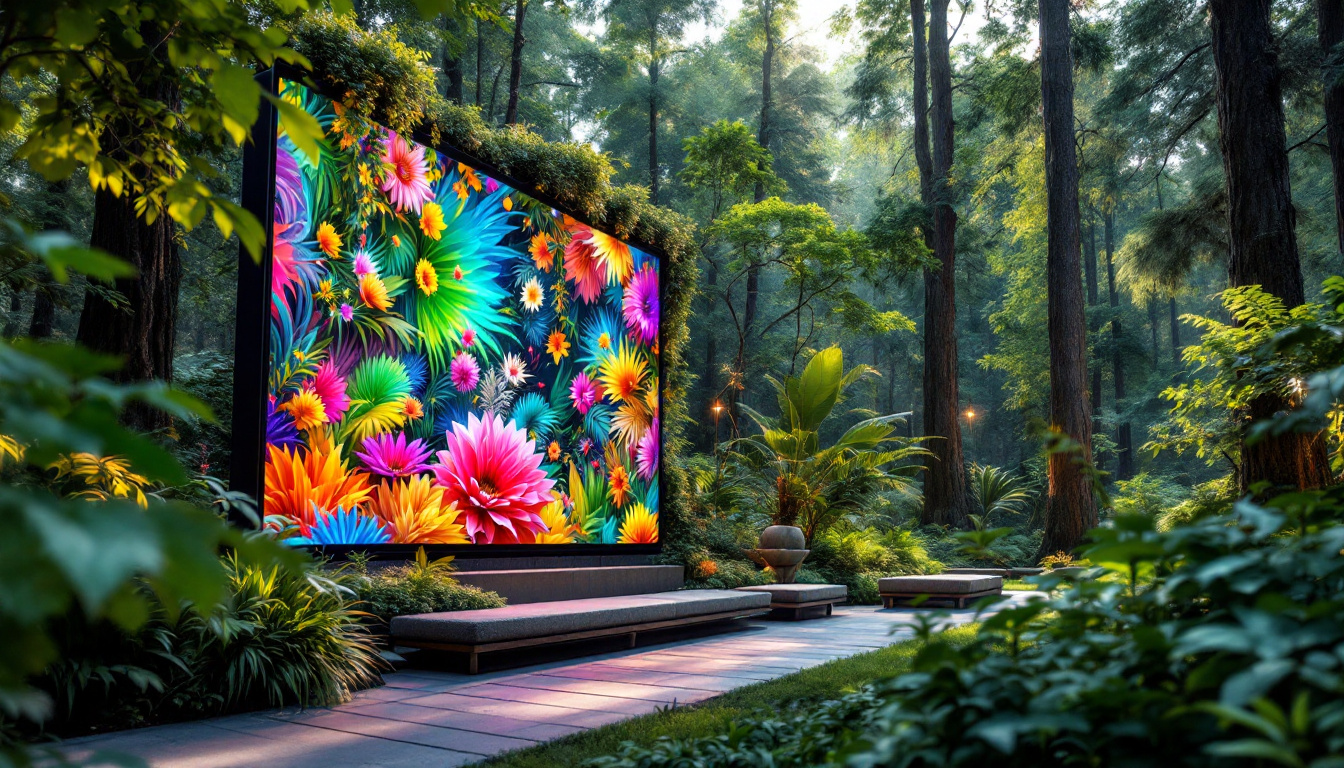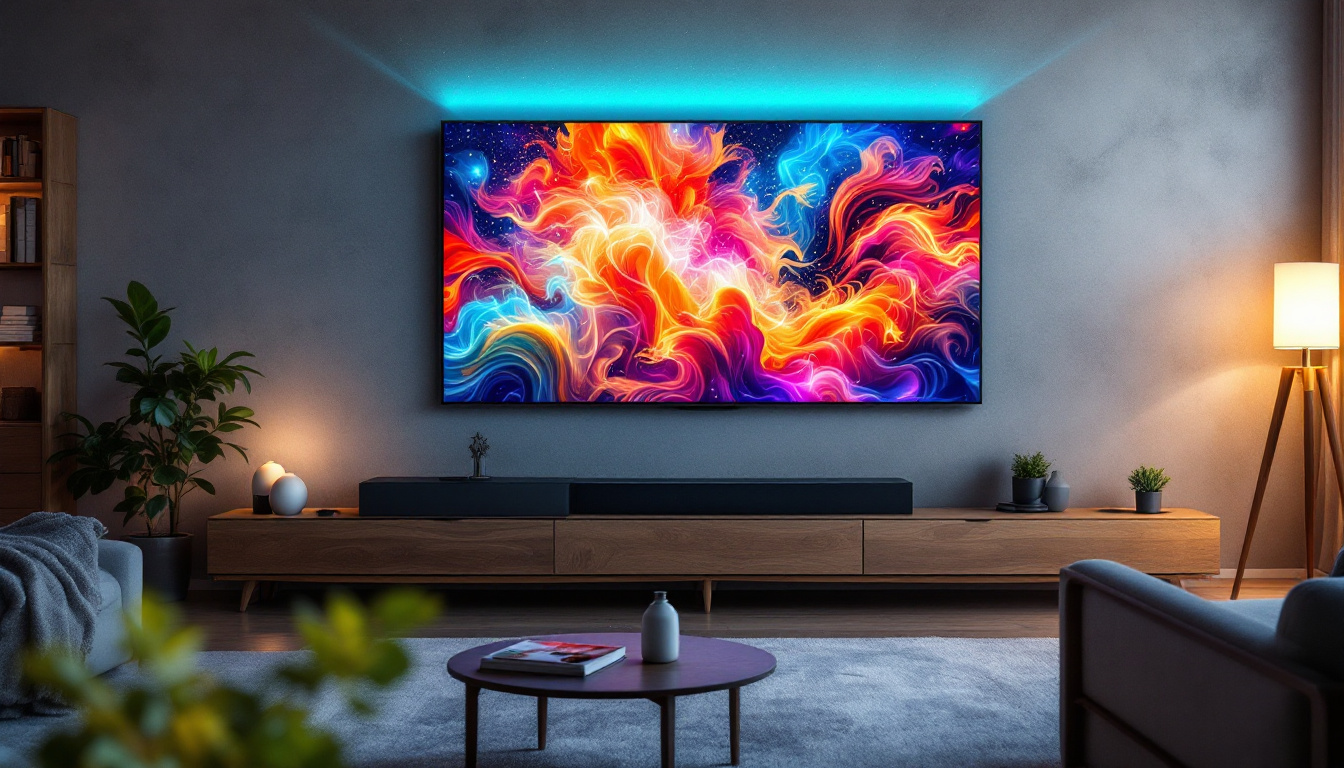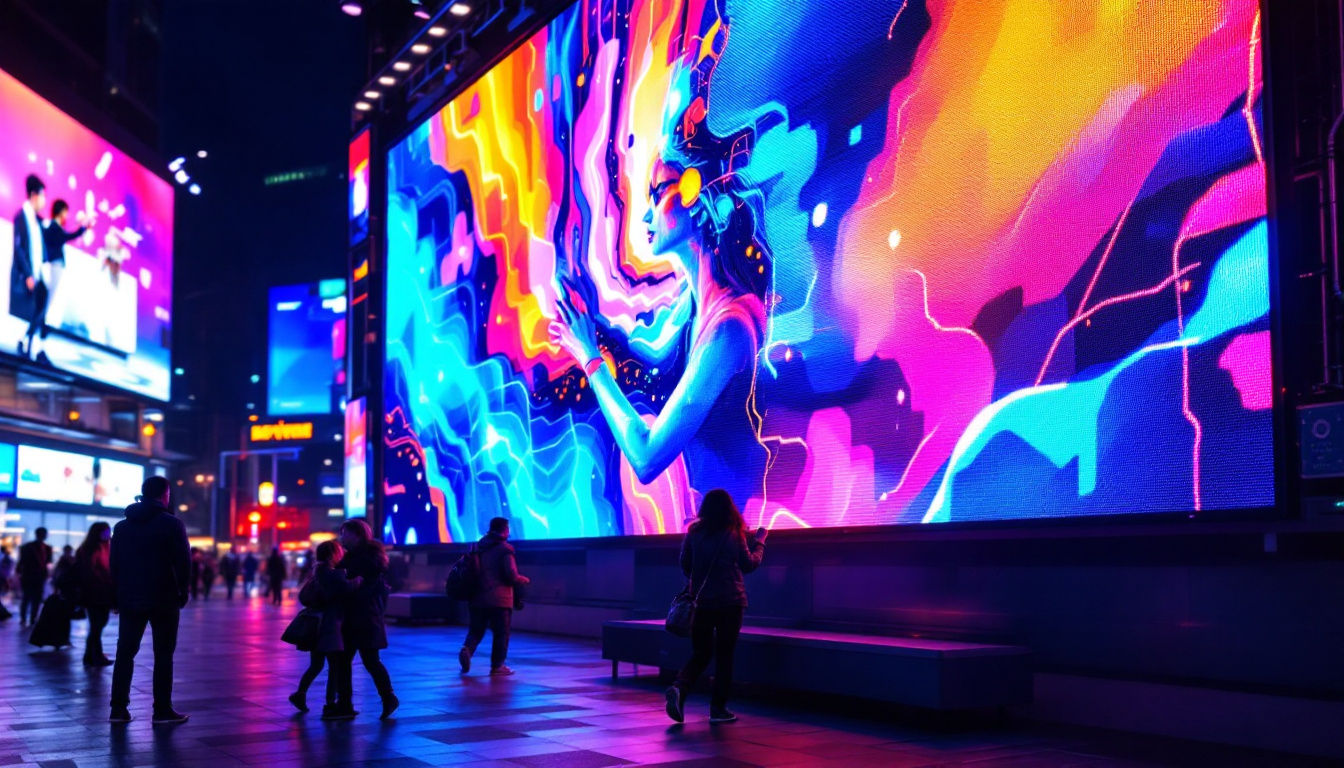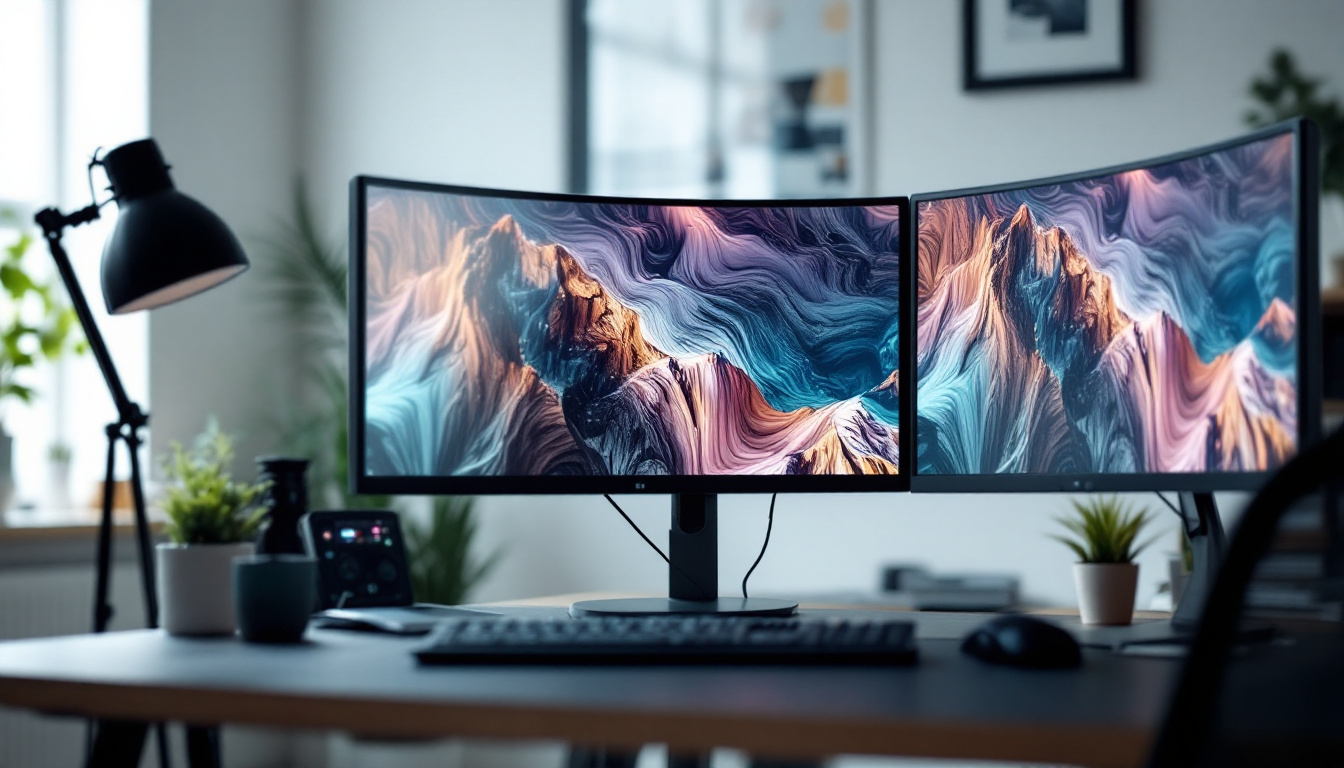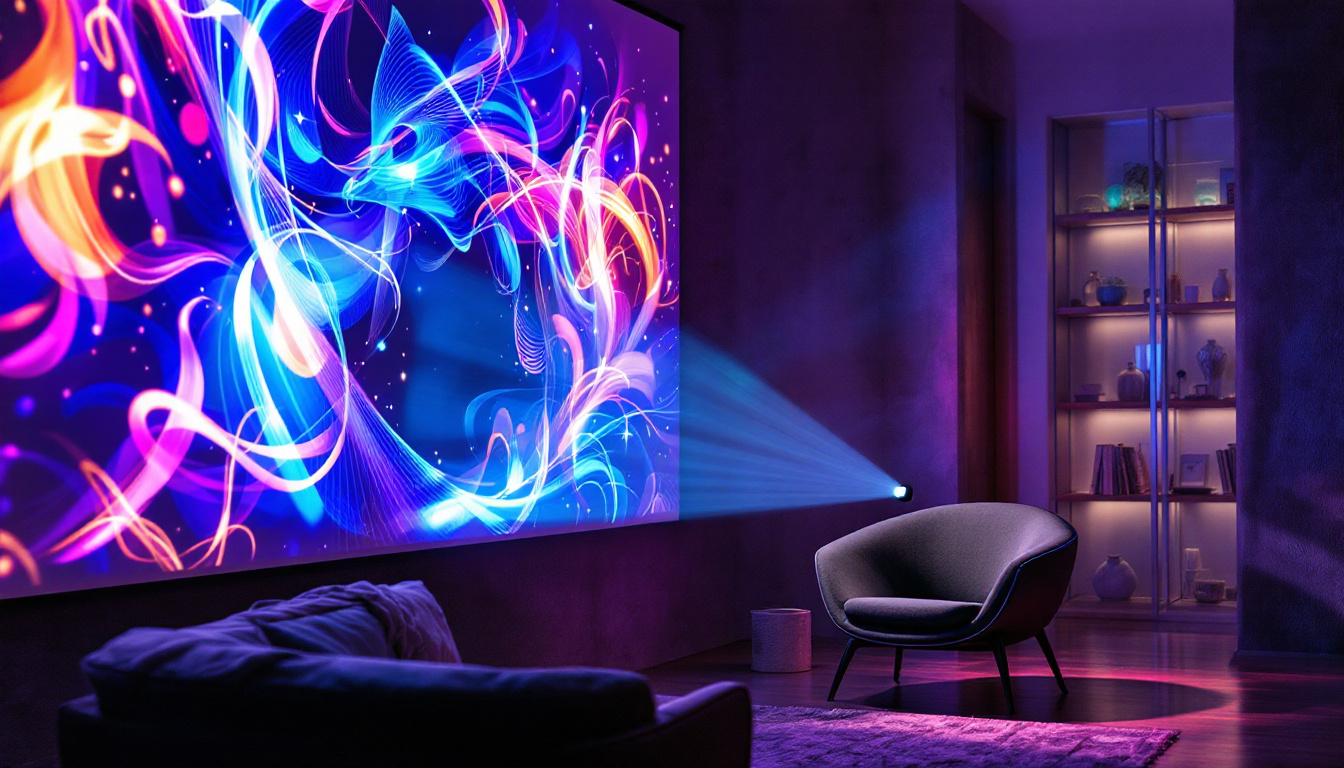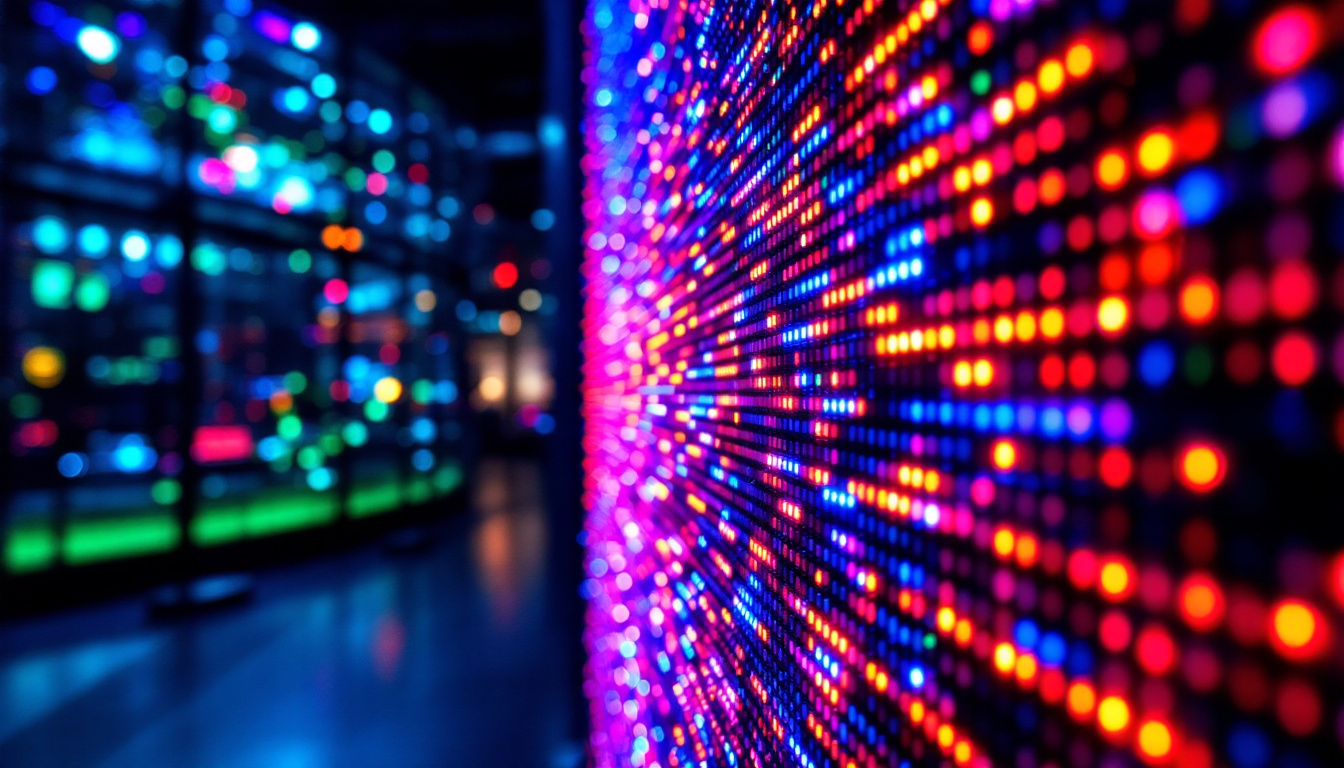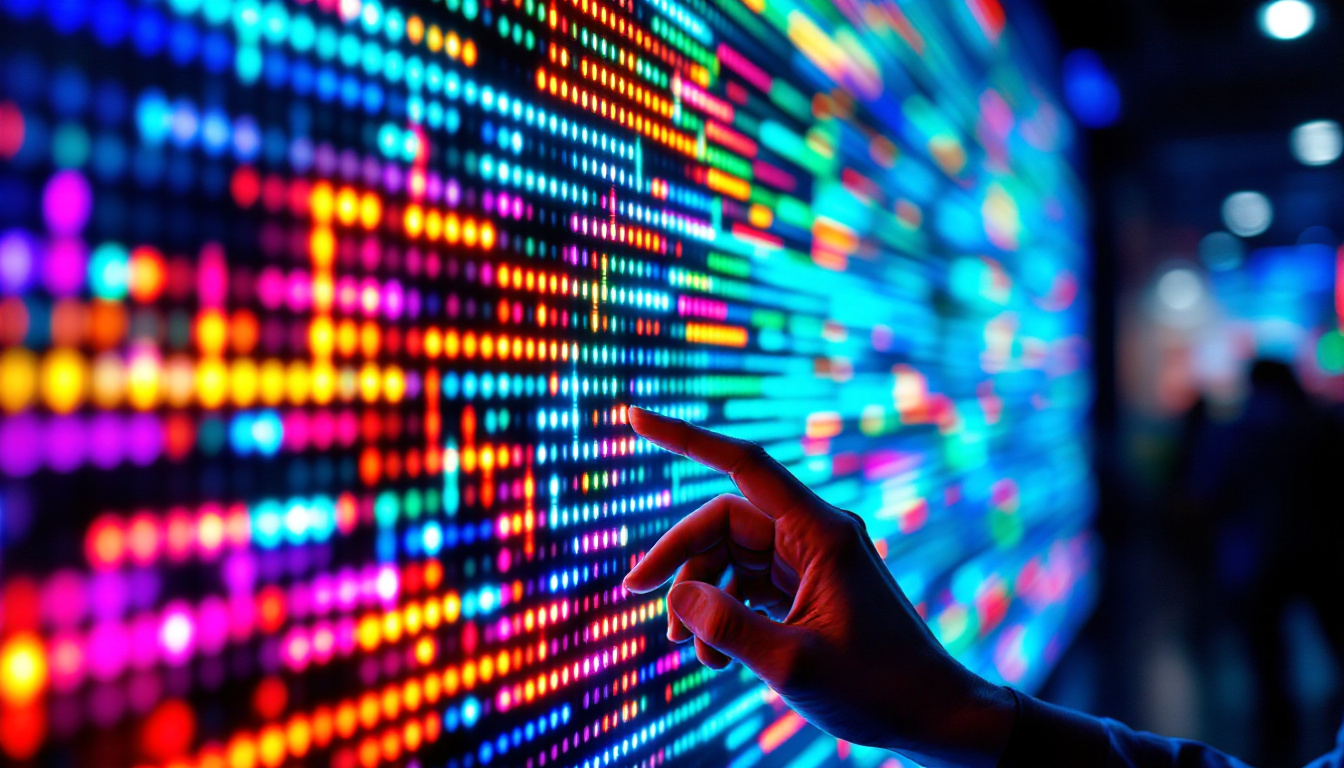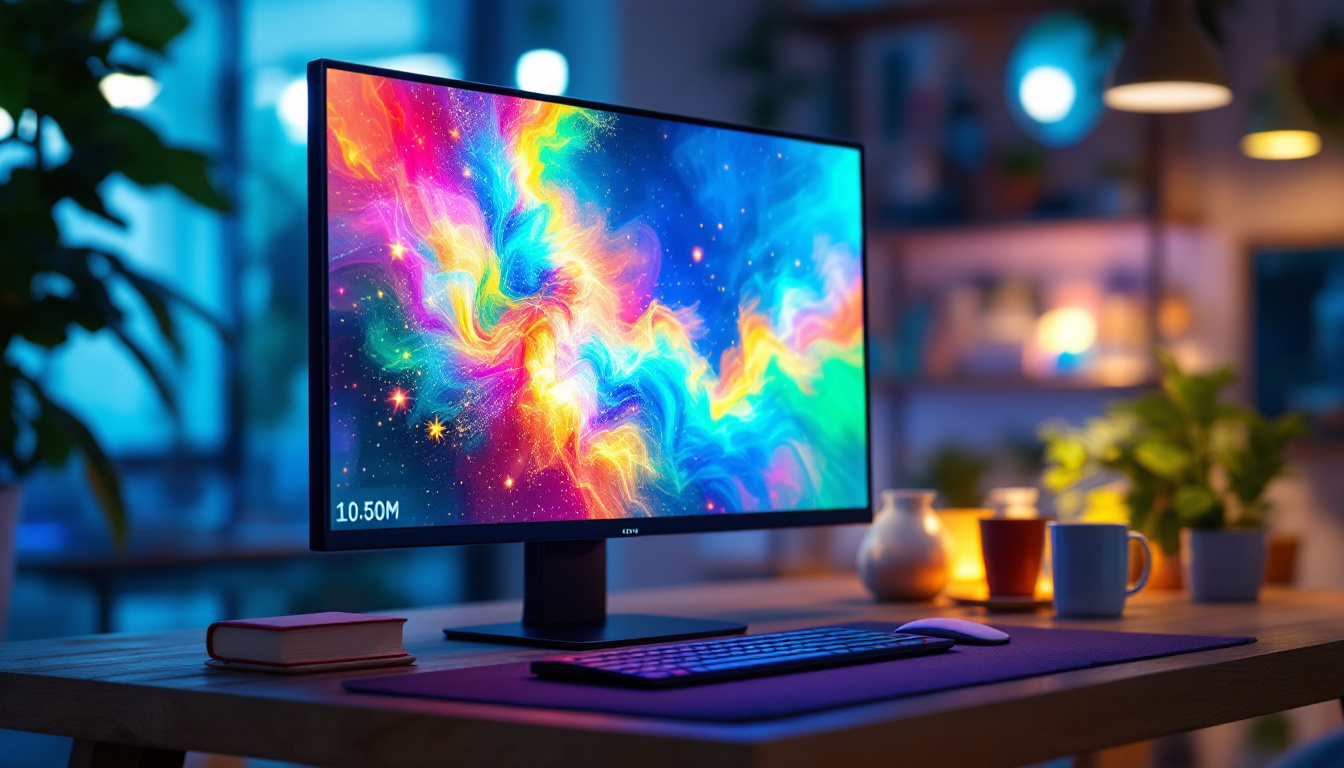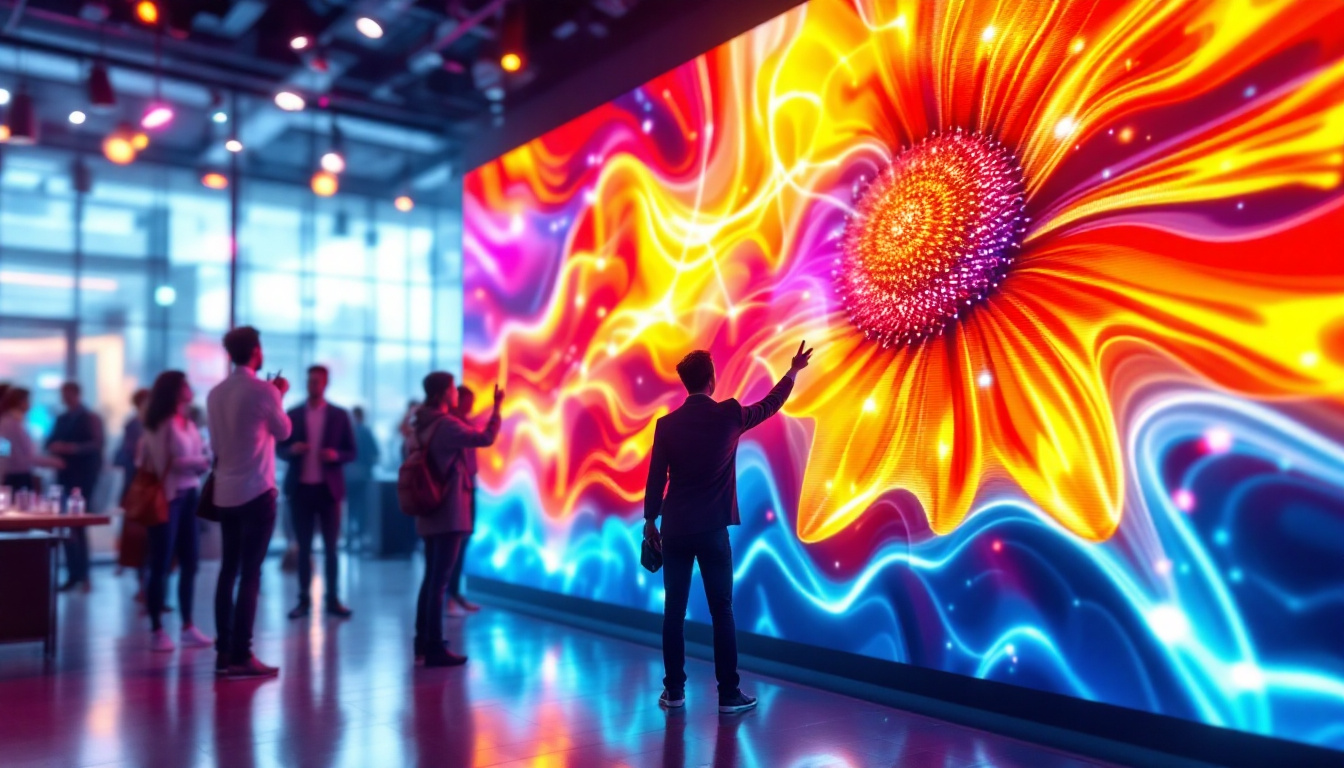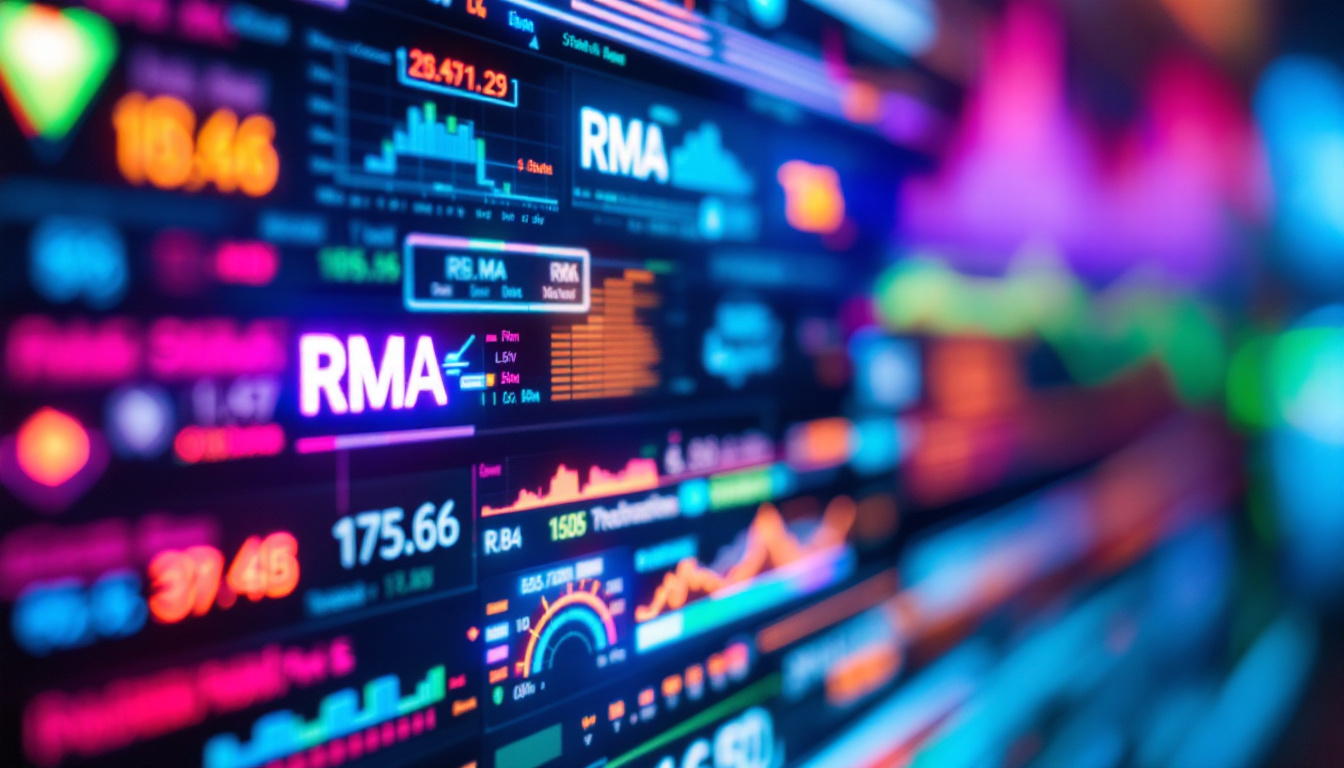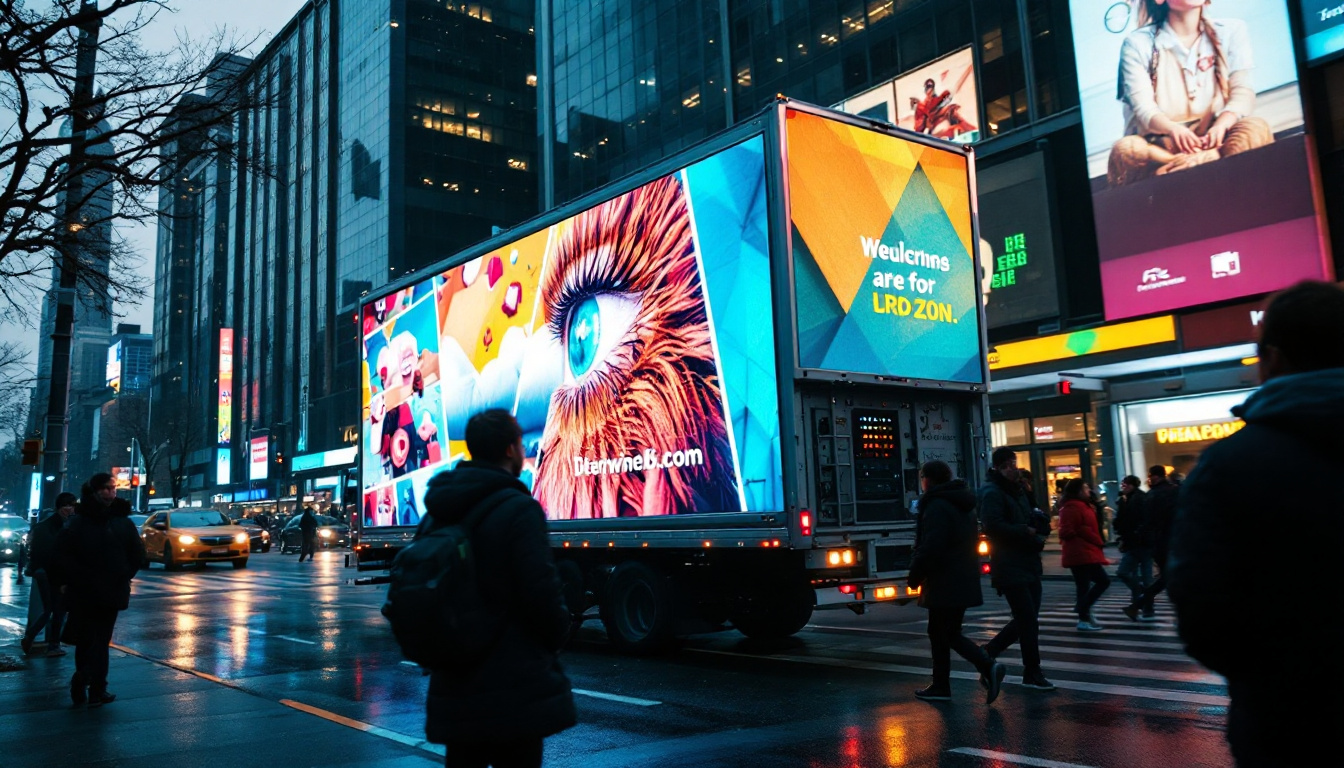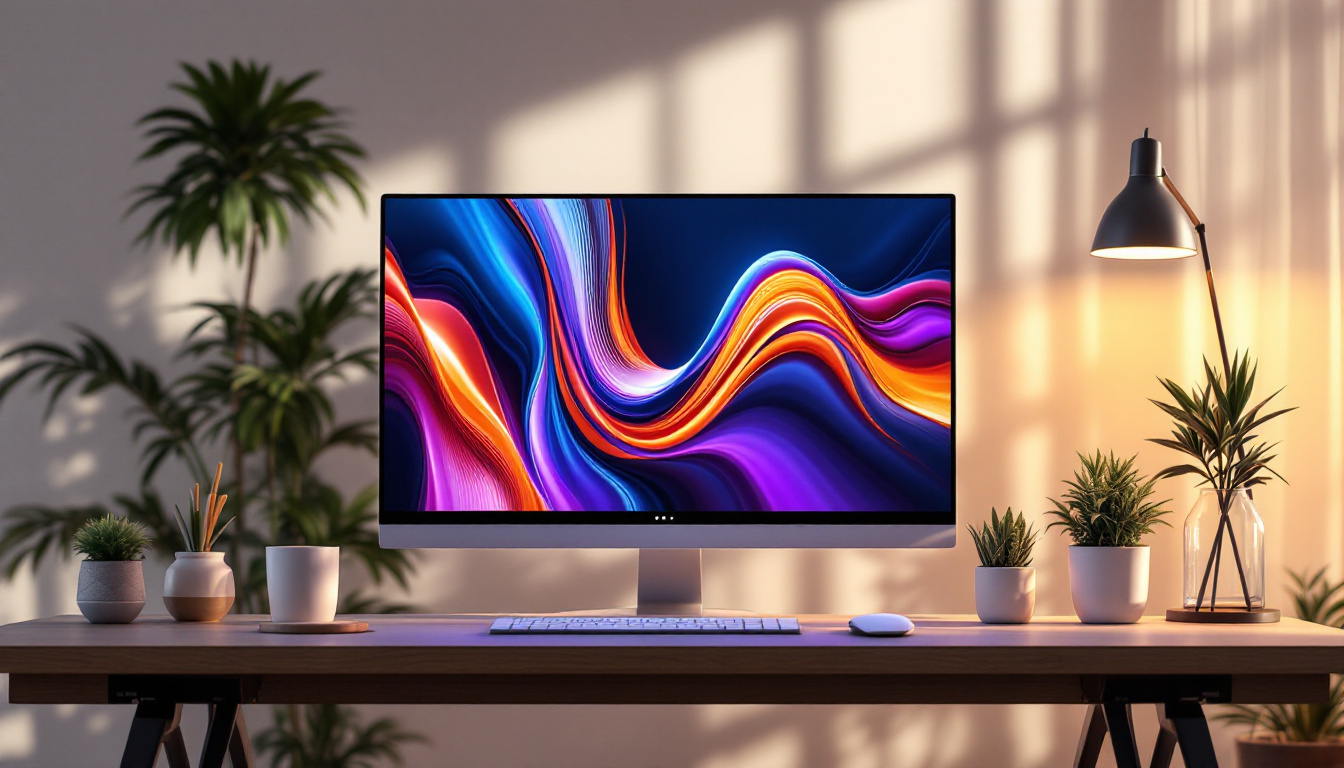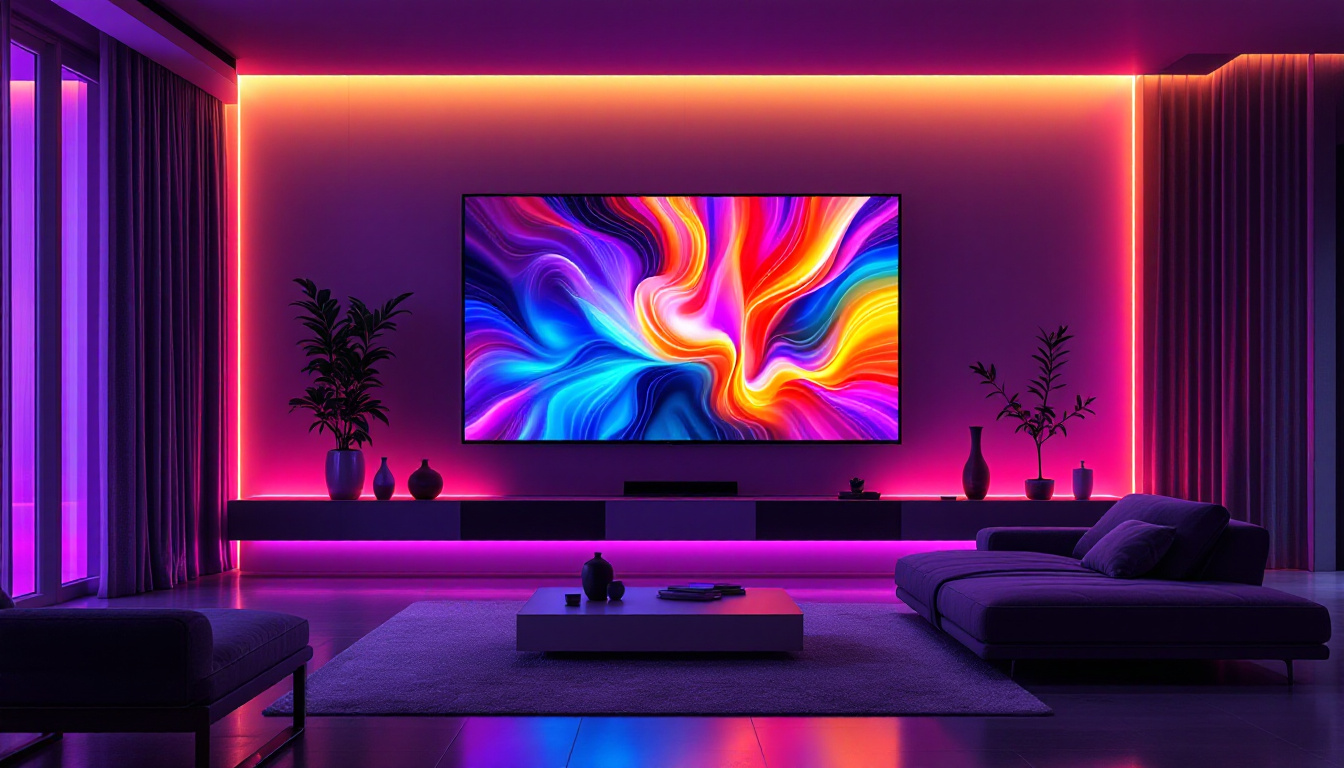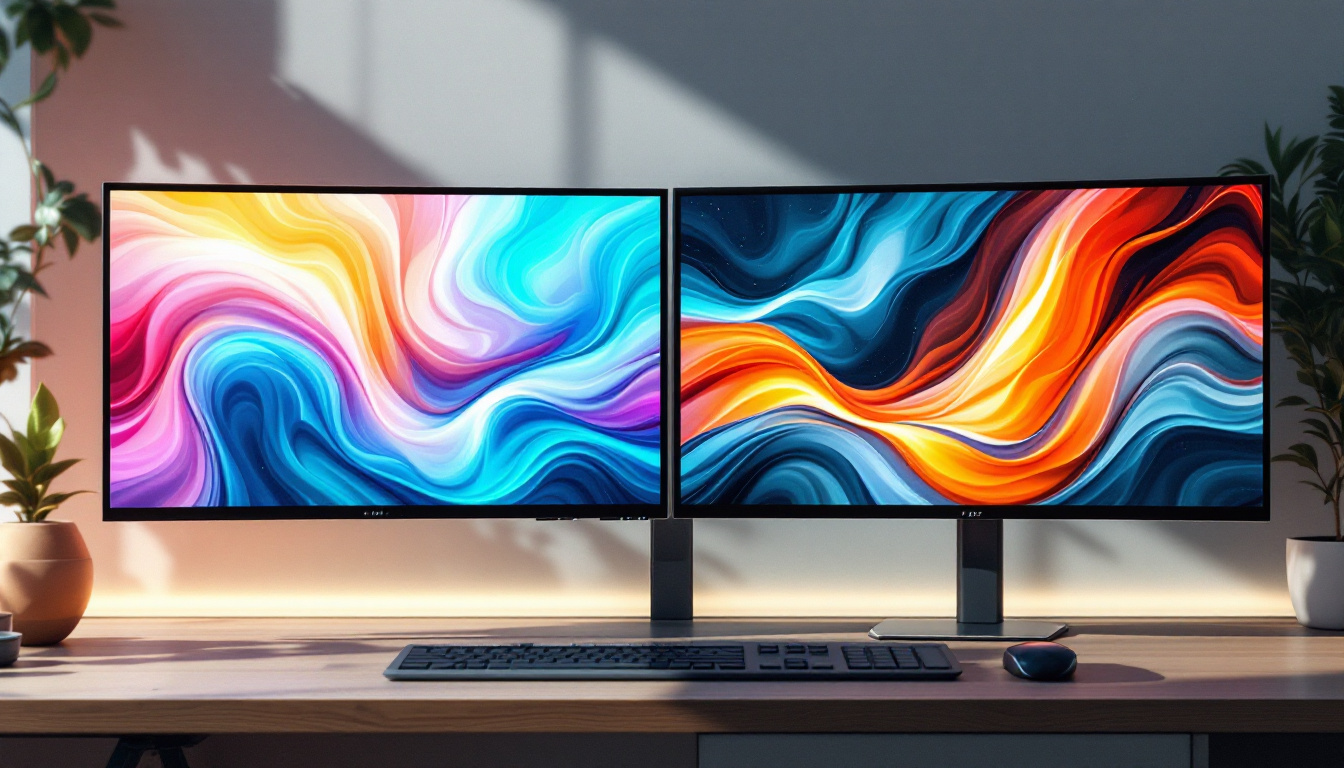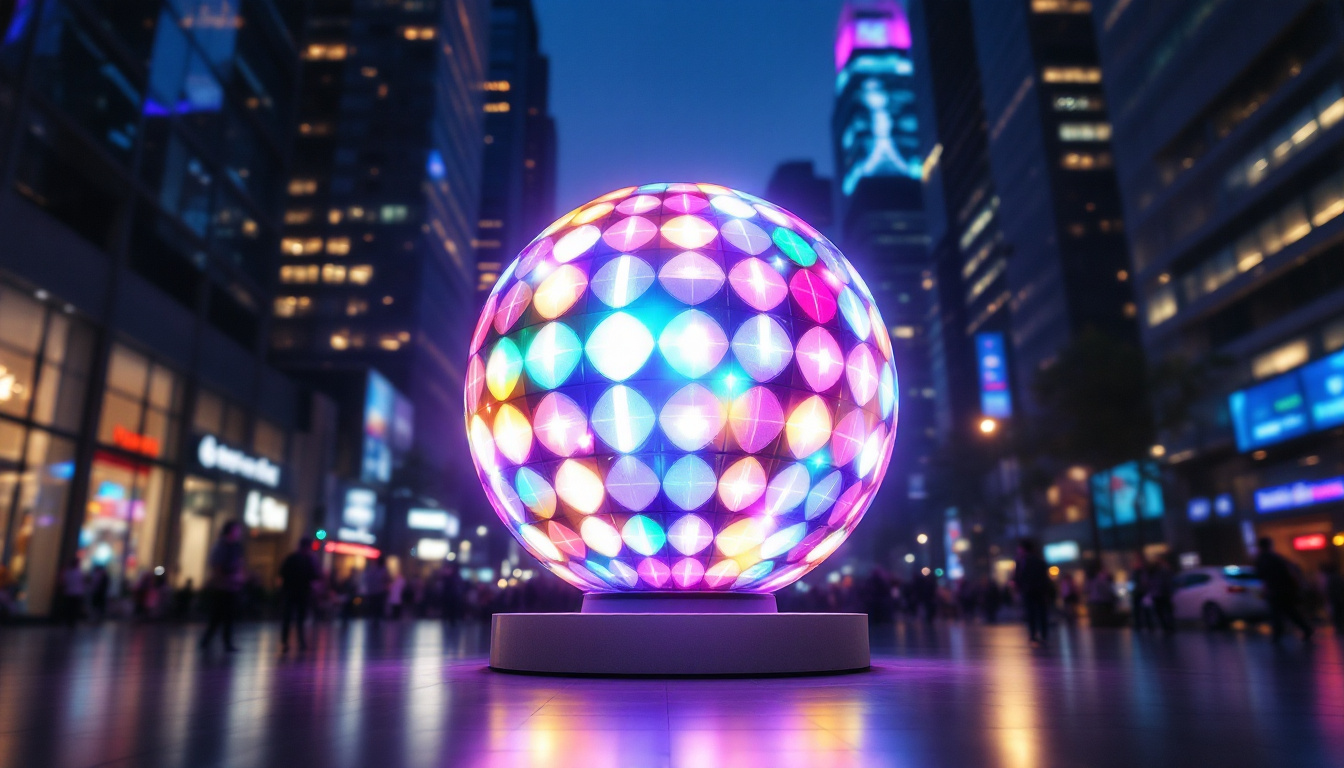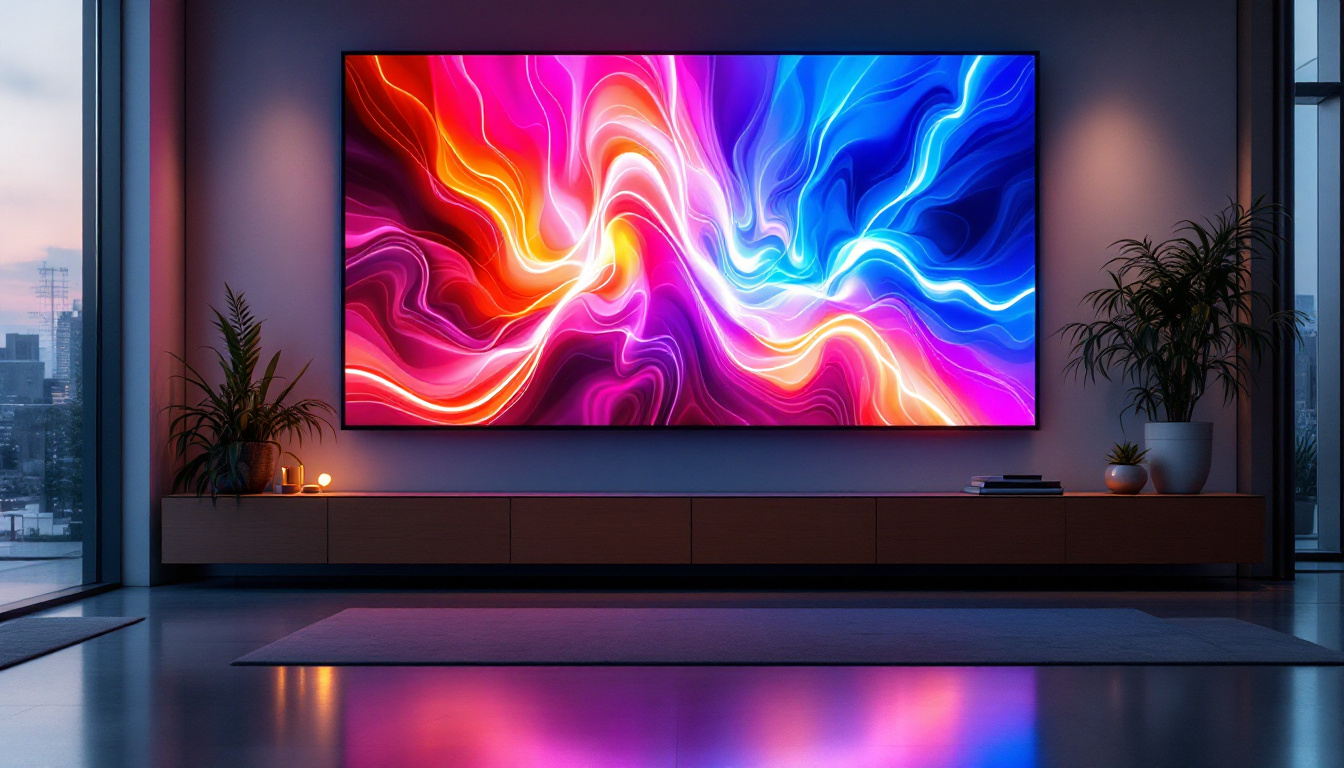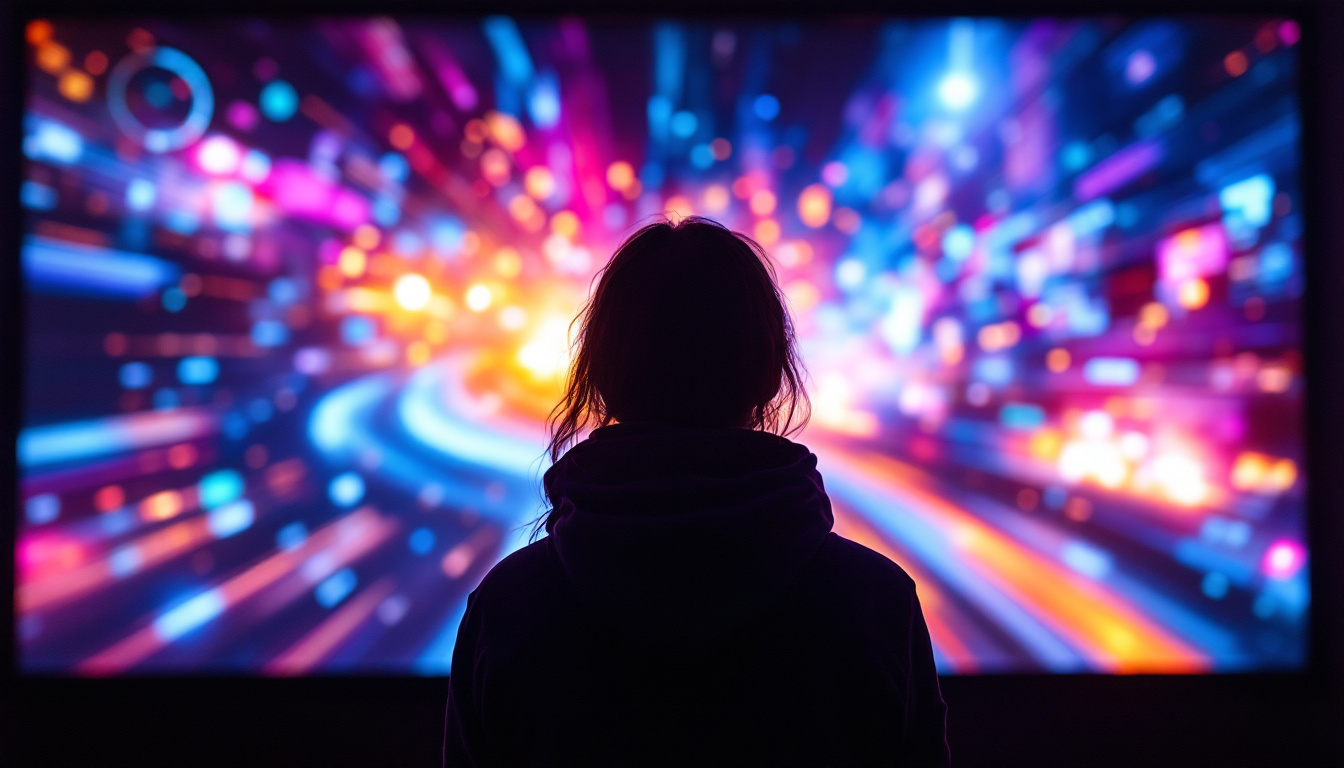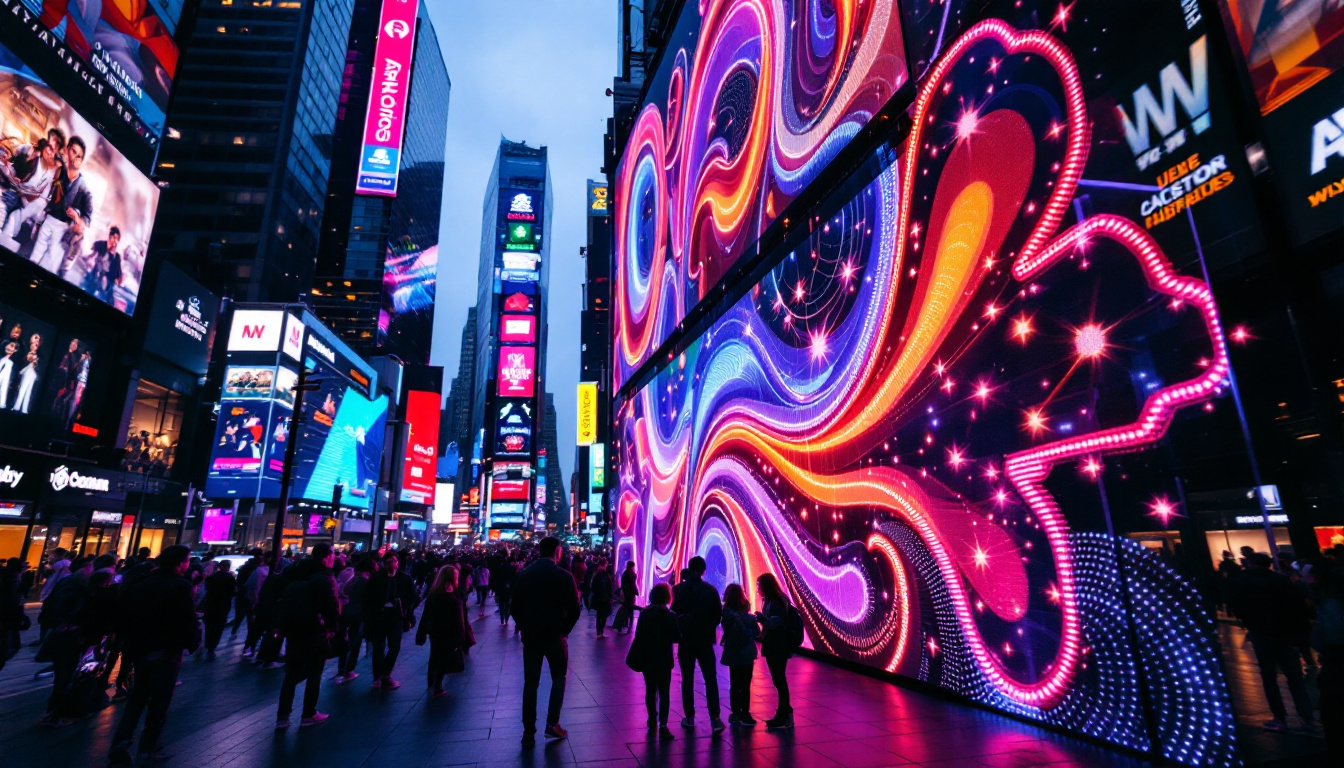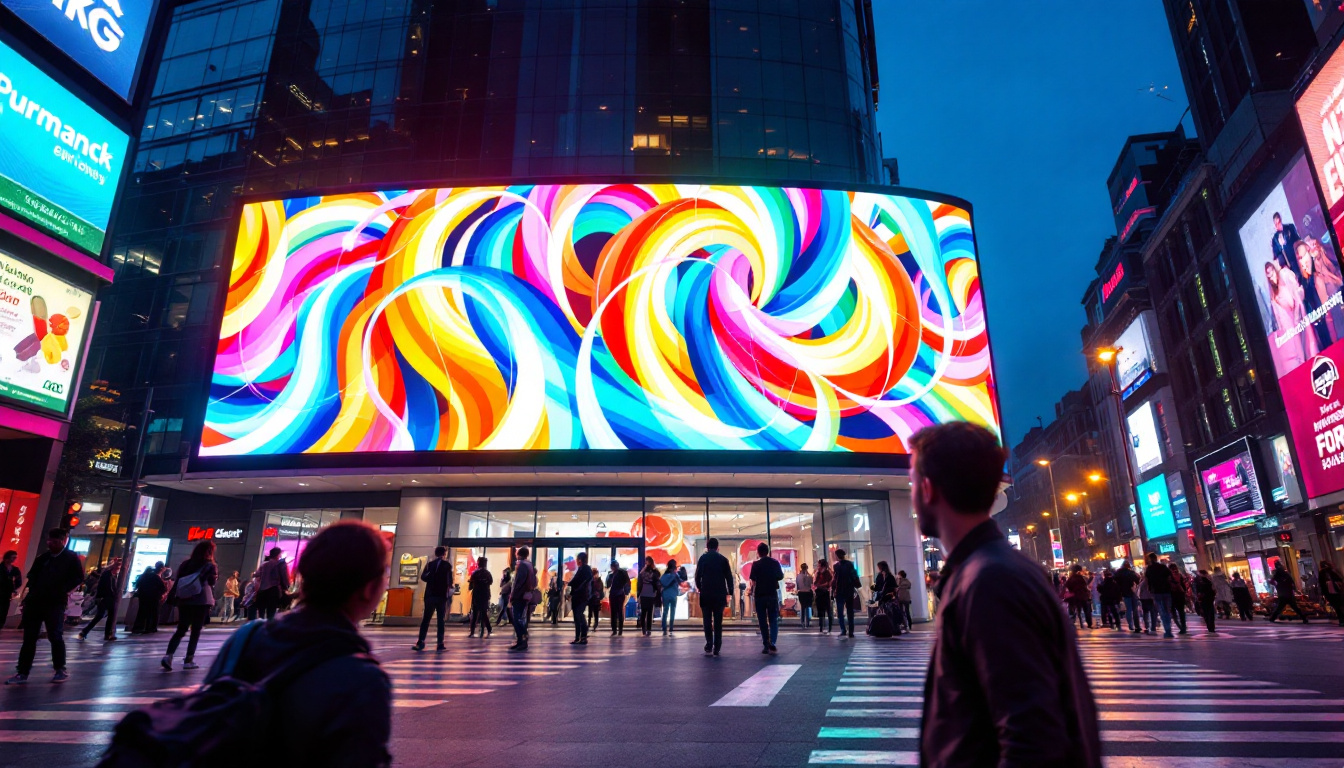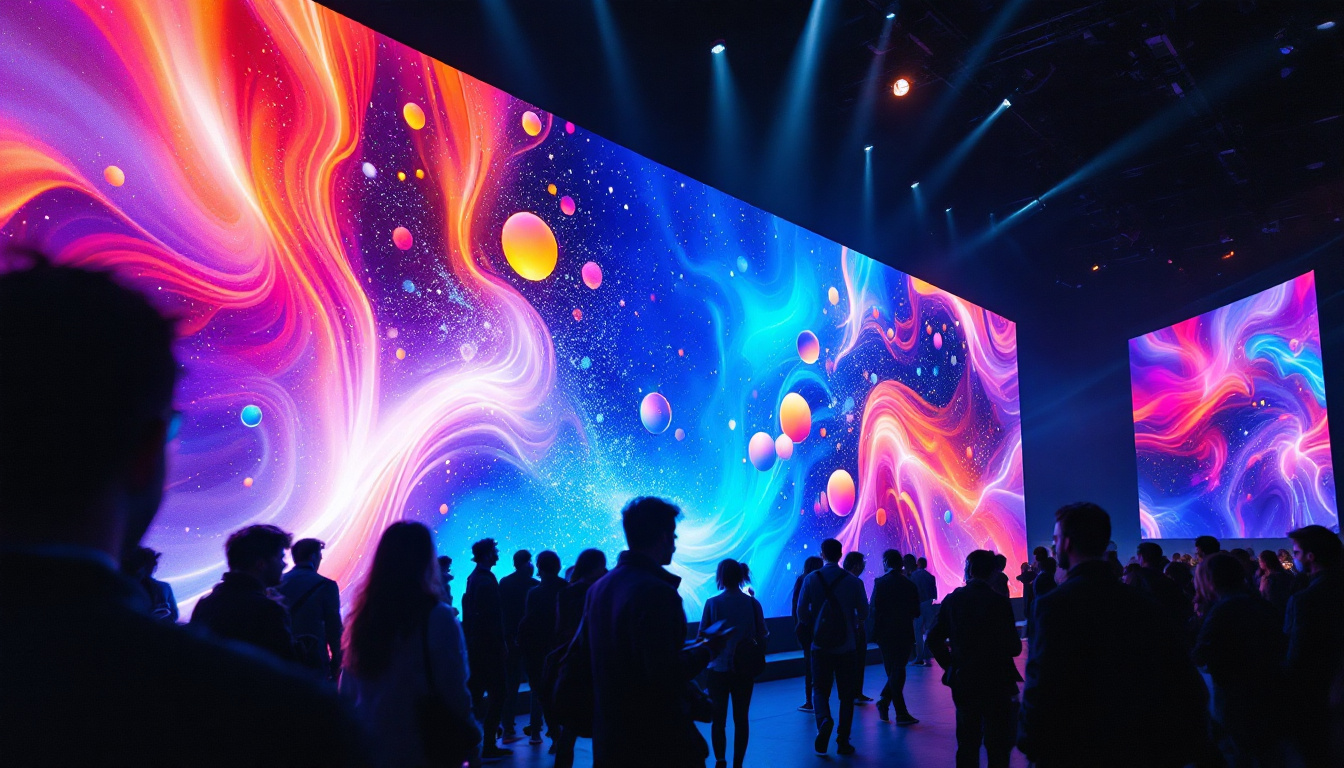In the vibrant community of Beaverton, Oregon, gaming enthusiasts gather not only to play but also to explore the latest in gaming technology. One of the standout features in many game stores today is the use of LED displays. These displays not only enhance the visual appeal of the store but also serve multiple functional purposes that benefit both the business and its customers. This article delves into the various aspects of LED displays in the context of a Beaverton game store, examining their advantages, applications, and the technology behind them.
Understanding LED Technology
Light Emitting Diodes (LEDs) have revolutionized the way we perceive light and color in various applications, including signage and displays. The fundamental technology behind LEDs involves the emission of light when an electric current passes through a semiconductor material. This process is not only energy-efficient but also allows for a wide range of colors and brightness levels. The versatility of LEDs extends beyond mere illumination; they are now integral to modern technology, from smartphone screens to large-scale outdoor displays, showcasing their adaptability across different environments and uses.
Energy Efficiency and Longevity
One of the most significant advantages of LED technology is its energy efficiency. Compared to traditional incandescent bulbs, LEDs consume significantly less power while providing the same or even greater brightness. This efficiency translates into lower electricity bills for businesses, making it an attractive option for game stores looking to manage operational costs. In fact, studies have shown that switching to LED lighting can reduce energy consumption by up to 80%, allowing businesses to allocate those savings to other areas, such as inventory or marketing.
Moreover, LEDs have a longer lifespan than traditional lighting solutions. While incandescent bulbs may last around 1,000 hours, LEDs can last up to 25,000 hours or more. This longevity means less frequent replacements, reducing maintenance costs and minimizing disruptions in the store’s operations. Additionally, the durability of LED lights makes them less susceptible to breakage, further enhancing their appeal for environments like game stores where foot traffic may lead to accidental impacts.
Brightness and Visibility
In a bustling game store, visibility is crucial. LED displays offer bright, vibrant colors that can easily capture the attention of passersby. The high contrast and clarity of LED screens make them ideal for showcasing game trailers, promotional content, and special offers. This enhanced visibility can lead to increased foot traffic and, ultimately, higher sales. Furthermore, the ability to adjust brightness levels means that store owners can optimize their displays for different times of day, ensuring that their content remains eye-catching regardless of external lighting conditions.
Additionally, LEDs perform well in various lighting conditions. Whether it is a brightly lit store or a dimly lit corner, LED displays maintain their visibility, ensuring that customers can easily read and engage with the content being presented. The rapid response time of LEDs also allows for dynamic content changes, enabling game stores to quickly update promotions or highlight new releases, keeping the shopping experience fresh and engaging. This adaptability is particularly beneficial during peak shopping seasons or special events, when attracting customer attention is paramount.
Applications of LED Displays in Game Stores
LED displays have a multitude of applications within a game store setting. From advertising to enhancing the overall shopping experience, these displays play a vital role in modern retail strategies.
Promotional Displays
One of the most common uses of LED displays in game stores is for promotional purposes. Whether it’s announcing a new game release, showcasing special discounts, or advertising upcoming events, LED screens provide an eye-catching way to communicate with customers. The dynamic nature of LED displays allows for animated graphics and videos, making promotions more engaging compared to static posters or flyers.
For instance, a game store might use an LED display to loop a video trailer for an upcoming blockbuster game. This not only informs customers about the game but also builds excitement and anticipation, encouraging them to make a purchase.
Interactive Displays
Interactive LED displays are becoming increasingly popular in retail environments, including game stores. These displays allow customers to engage directly with the content, whether through touch screens or motion sensors. For example, a game store might implement an interactive display that lets customers browse through game catalogs, watch gameplay videos, or even participate in mini-games.
This interactivity not only enhances the customer experience but also encourages longer visits and increased interaction with the store’s offerings. By providing a hands-on experience, game stores can foster a deeper connection with their customers, ultimately leading to higher sales and brand loyalty.
Wayfinding and Information Displays
In larger game stores, navigating the aisles can sometimes be a challenge for customers. LED displays can serve as effective wayfinding tools, guiding shoppers to different sections of the store. digital signage can provide information about the location of specific games, accessories, or promotional events, making the shopping experience more efficient.
Additionally, LED displays can be used to share important information, such as store hours, upcoming events, or even gaming tips and tricks. This not only keeps customers informed but also enhances their overall experience, making them more likely to return to the store in the future.
Design Considerations for LED Displays
When integrating LED displays into a game store, several design considerations must be taken into account. These factors can significantly impact the effectiveness of the displays and the overall customer experience.
Placement and Visibility
The placement of LED displays is crucial for maximizing their impact. Displays should be positioned in high-traffic areas where they can easily catch the attention of customers. For example, placing a large LED screen near the entrance can draw in passersby and entice them to enter the store.
Furthermore, the height and angle of the displays should be carefully considered to ensure optimal visibility. Displays that are too high or at awkward angles may not be easily seen by customers, diminishing their effectiveness.
Content Strategy
Content is king when it comes to LED displays. Game stores should develop a clear content strategy that aligns with their marketing goals. This includes determining the types of promotions, events, and information that will be displayed, as well as how often the content will be updated.
Dynamic content that changes frequently can keep customers engaged and encourage repeat visits. For instance, a store might rotate promotions weekly or daily, ensuring that there is always something new for customers to see. Additionally, incorporating user-generated content, such as customer reviews or gameplay footage, can create a sense of community and encourage customer participation.
Maintenance and Upkeep
While LED displays are known for their longevity, regular maintenance is essential to ensure they continue to function optimally. Game stores should establish a maintenance schedule that includes cleaning the screens, checking for dead pixels, and updating software as needed.
Investing in a quality LED display is also important. Higher-quality displays may come with better warranties and support, reducing the risk of unexpected costs related to repairs or replacements. By prioritizing maintenance and quality, game stores can maximize the return on their investment in LED technology.
The Future of LED Displays in Retail
The retail landscape is constantly evolving, and LED displays are at the forefront of this transformation. As technology advances, the capabilities of LED displays will continue to expand, offering even more opportunities for game stores to engage with their customers.
Integration with Augmented Reality
One of the most exciting developments in retail technology is the integration of augmented reality (AR) with LED displays. Imagine walking into a game store and seeing an LED screen that not only displays game trailers but also allows customers to interact with the content in real-time through AR. This could include trying out virtual game characters or experiencing gameplay scenarios right in the store.
Such innovations could significantly enhance the shopping experience, making it more immersive and engaging. As AR technology becomes more accessible, game stores that adopt these solutions will likely stand out in a competitive market.
Personalization and Data-Driven Content
Another trend on the horizon is the use of data analytics to create personalized content for customers. By analyzing customer behavior and preferences, game stores can tailor the content displayed on their LED screens to match the interests of their audience. For example, if a customer frequently purchases role-playing games, the store could display promotions related to that genre when they are in the vicinity.
This level of personalization can enhance customer satisfaction and loyalty, as shoppers feel that their preferences are being acknowledged and catered to. As data analytics tools become more sophisticated, the potential for personalized marketing through LED displays will only grow.
Conclusion
LED displays have become an integral part of the modern game store experience, particularly in a community-driven environment like Beaverton. Their energy efficiency, vibrant visuals, and versatility make them a valuable asset for retailers looking to enhance customer engagement and drive sales.
As technology continues to evolve, the applications and capabilities of LED displays will expand, offering exciting opportunities for game stores to innovate and connect with their customers. By understanding the benefits and considerations associated with LED displays, game store owners can make informed decisions that will contribute to their success in an increasingly competitive market.
Ultimately, the integration of LED technology is not just about keeping up with trends; it’s about creating an engaging, dynamic shopping environment that resonates with gamers and fosters a sense of community. In Beaverton and beyond, LED displays are poised to play a pivotal role in the future of retail gaming.
Illuminate Your Game Store with LumenMatrix
Ready to elevate your gaming retail space to the next level? Discover how LumenMatrix’s innovative LED display solutions can transform your Beaverton game store into a vibrant hub of engagement and excitement. From Indoor and Outdoor LED Wall Displays to specialized solutions like Vehicle, Sports, and Floor LED Displays, LumenMatrix offers a full spectrum of customizable options to captivate your audience. Embrace the future of retail gaming with displays that resonate with your community and amplify your message. Check out LumenMatrix LED Display Solutions today and watch your store come to life!

